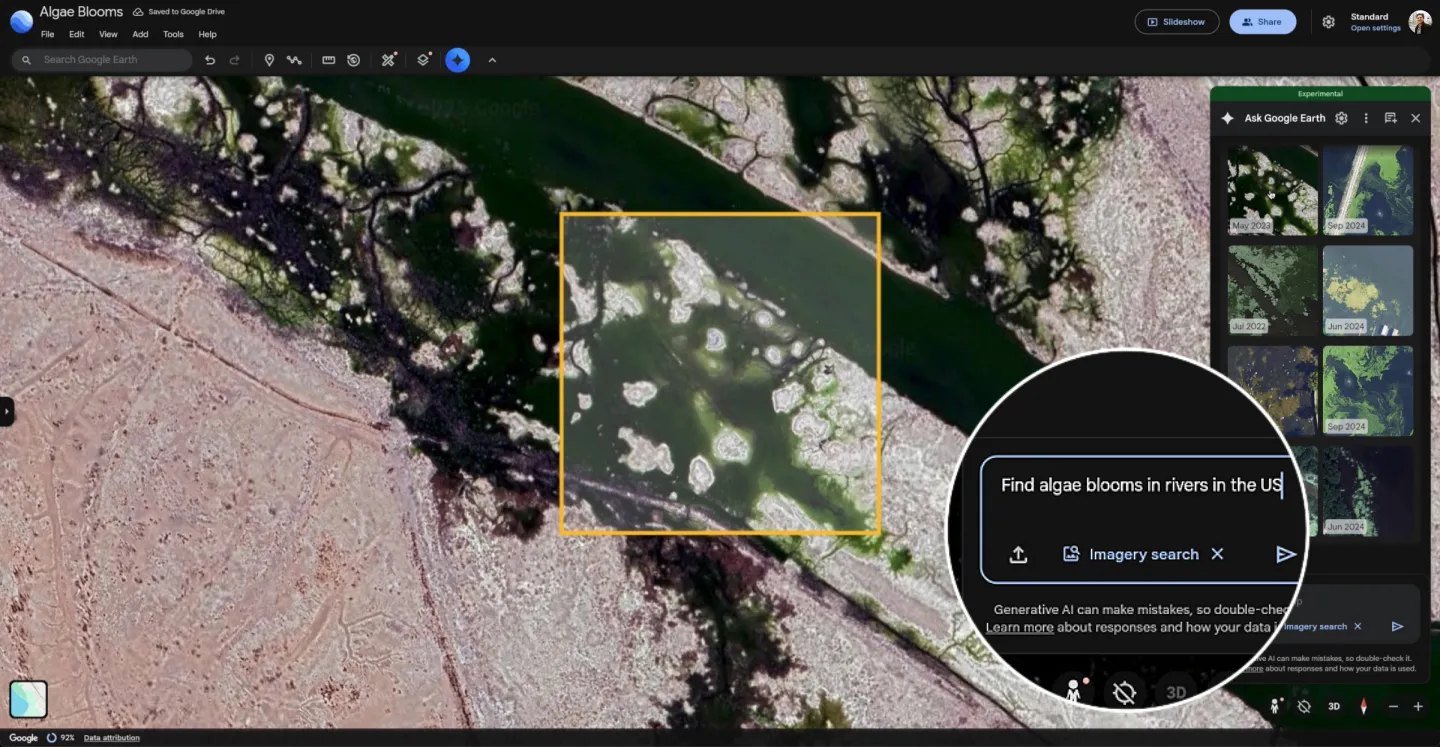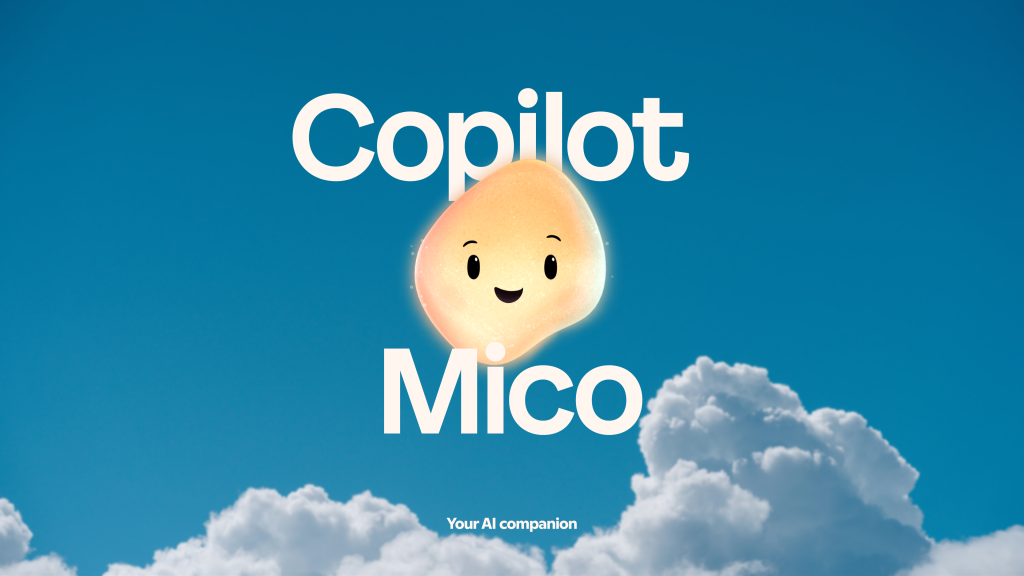
Google has unveiled a powerful new upgrade to Google Earth, integrating its Gemini AI model to enhance real-time insights about natural disasters such as floods, droughts, and wildfires. This innovation marks a major step toward using artificial intelligence for global environmental forecasting, offering users deeper understanding and actionable insights about the planet’s changing climate.
Google Earth Meets Gemini AI
In a groundbreaking update, Google announced that Google Earth AI, powered by Gemini, can now answer complex questions about natural phenomena from flood risks in coastal cities to drought patterns in agricultural zones. The goal is to make environmental monitoring more interactive, accessible, and predictive.
For example, users can now ask questions like, “Which regions are most at risk of flooding this season?” or “How have droughts changed over the last decade?” and get comprehensive visuals and textual responses generated by Google Gemini AI. This feature transforms Google Earth from a passive visualization tool into an intelligent, conversational platform for understanding environmental data.
According to Google, Gemini’s advanced multimodal capabilities allow it to process satellite imagery, weather data, and geographic information simultaneously. This combination helps generate accurate insights for disaster forecasting using AI, potentially supporting governments, researchers, and communities in disaster preparedness and climate resilience.
How Disaster Forecasting Using AI Works
The integration of Gemini AI enhances Google Earth’s ability to detect environmental changes at scale. It leverages deep learning to analyze global datasets from satellites and sensors, identifying early warning signs of natural disasters. This includes predicting flood forecasting, monitoring water level shifts, and even assessing drought risks based on vegetation and temperature data.
What makes this upgrade even more impactful is its accessibility. Instead of requiring technical expertise, users can interact with Google Earth through natural language queries. This democratizes environmental intelligence, allowing anyone from students to policy makers, to explore real-time insights about Earth’s ecosystems and weather patterns.
Google says the goal is to empower communities with data-driven awareness. By making complex climate data easier to understand, Earth AI aims to inspire more informed decision-making on climate action, resource management, and urban planning.
Gemini AI: A New Era for Google’s Earth Intelligence
This development further cements Google Gemini as one of the company’s most versatile AI systems. Beyond powering chatbots and productivity tools, it’s now shaping environmental intelligence. By combining high-resolution mapping with generative AI, Google is positioning itself at the forefront of disaster prediction using AI.
Experts believe this integration could revolutionize how we track and respond to global climate threats, offering faster insights and potentially saving lives through early intervention.
With Google Earth AI now powered by Gemini, artificial intelligence is transforming how we perceive and protect our planet. From flood forecasting to long-term drought prediction, this innovation is a major leap toward an AI-powered environmental future.
Stay tuned to AI Times for the latest AI news, in-depth AI blogs, and updates on how tools like Google Gemini AI are changing the way we understand Earth and its dynamic systems.





